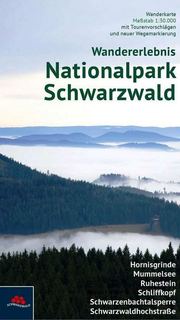Attraction and destination management. Dublin and its events and festivals as visitor attractions
Akademische Schriftenreihe V232181
Erschienen am
11.09.2013
Auch verfügbar als:
Bibliographische Informationen
ISBN/EAN: 9783656492269
Sprache: Englisch
Seiten: 40 S.
Format (H/B/T): 0.4 x 21 x 14.8 cm
Auflage: 1. Auflage 2013
Einband: kartoniertes Buch
Beschreibung
Research Paper (undergraduate) from the year 2009 in the subject Tourism - Hotel Management, grade: 1,7, University of Southern Denmark, language: English, abstract: When thinking of Ireland many people might see an image of the green island or the smaller brother of the UK, but especially Dublin has much more to offer for tourists, who value the citys attractions and specialities highly. Dublin is one of Europes oldest capitals, encompassing not only historical sites and governmental institutions, but also a magnificent physical setting with the Dublin Bay, Wicklow Mountains and the River Liffey as natural attractions, as well as diverse cultural sites and institutions like museums and art galleries, St. Audoens Church and Irelands largest church, the Christ Church Cathedral, and Dublin Castle as one of the most important historic sites (Ireland Funds - Destination Dublin 2008). Today there are just over 1.1 million people living in Dublin County, while the city is able to attract about four times as many visitors each year made up from a wide cross-section of market segments. Visitors are attracted by the elegance of the city, its atmosphere and nightlife, and the craic, that make Dublin special. Beside numerous visitor attractions tourists come to visit Grafton Street, the commercial and social centre of Dublin, see the stylish Georgian streets and the graceful terraced houses with their central gardens, or relax in one of the large parks or botanical gardens (Ireland Funds - Destination Dublin 2008). To keep its position as a successful tourism destination Dublin has to develop visitor attractions that can meet the needs of the varying tourist segments coming to the city. Therefore the city created a wide attraction landscape ranging from traditional entertainment over museums and heritage centres, and historic sites and buildings, to parks and gardens and different wildlife attractions. Dublin provides numerous arts venues, traditional cafes and restaurants, as well as a huge amount of activity attractions and themed walks and trails in the city. Craft outlets and specialist retailers as well as the pub heritage in Dublin and brewery and distillery centres are further attractions. Of course there are also coach tours of Dublin and of its surrounding area provided for tourists (Horner & Swarbrooke 2003). In this assignment the question shall be answered: how events can contribute to the overall success of Dublin as a tourism destination? Different theories will be used to analyse the specialities of Dublin as a tourism destination as well as its unique attraction landscape.
Weitere Artikel aus der Kategorie "Reisen/Kartenzubehör/Sonstiges"
Lieferbar innerhalb von 1 bis 2 Arbeitstagen

Lieferbar innerhalb von 1 bis 2 Arbeitstagen

Lieferbar innerhalb 1 - 2 Wochen

Noch nicht lieferbar






